- Write by:
-
Thursday, October 12, 2023 - 19:19:53
-
118 Visit
-
Print
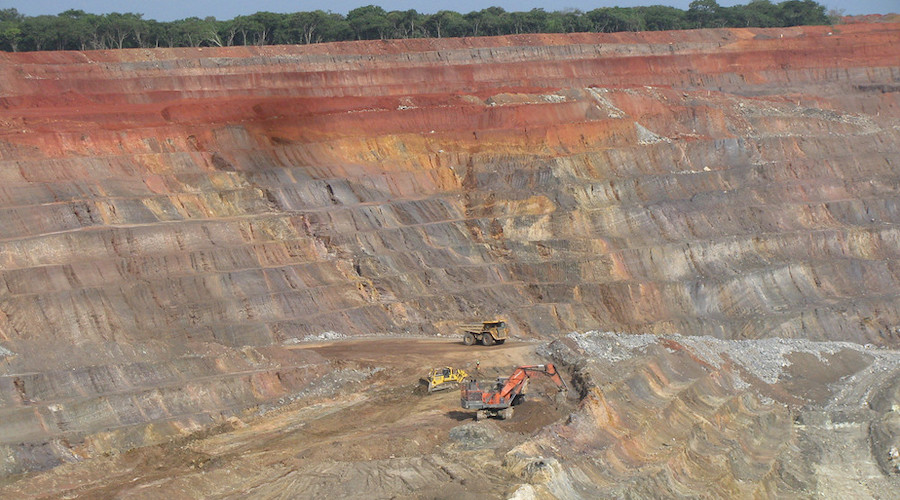
Mining News Pro - A new study led by the US National Center for Atmospheric Research (NCAR) found that emissions associated with mining operations in Africa’s Copperbelt can be quantified from space.
“Mining operations can have a significant impact on the quality of life of the people living nearby,” said Pieternel Levelt, director of NCAR’s Atmospheric Chemistry Observations and Modeling Lab and senior author of the paper that presents the new findings. “This research can help us better understand how severe and widespread those impacts may be in mining areas like the Copperbelt while also giving us a tool for estimating the growth of mining activities in remote regions that are driving those impacts.”
Levelt noted that data from the Cobalt Institute show that Africa’s Copperbelt produced 73% of the world’s supply of cobalt in 2022. Cobalt production in the area, which straddles Zambia and the Democratic Republic of Congo, increased about 600% between 1990 and 2021, the US Bureau of Mines and the US Geological Survey report.
The vast majority of cobalt is produced as a byproduct of copper mining, though some copper mines do not produce any cobalt. Most of the energy consumed in copper and cobalt mining—including the operation of large machinery and electricity production—is generated by burning diesel fuel, which in turn produces nitrogen oxides, a key ingredient in smog.
To quantify these emissions, the research team turned to data from the TROPOspheric Monitoring Instrument (TROPOMI) onboard the European Space Agency’s Copernicus Sentinel-5 Precursor satellite (S-5P). TROPOMI can monitor a number of trace gases important for air quality, including nitrogen dioxide.
While biomass burning, urban activity, and other industrial operations beyond mining also produce nitrogen dioxide—as do some natural processes— the researchers found that they could distinguish the emissions from copper and cobalt mines in the data. They also found that the annual emissions from each mine strongly correlated with their annual metal production.
“We thought that these copper and cobalt mining operations could affect local air quality; we just didn’t know how much given the lack of ground monitoring in the region,” said NCAR scientist Sara Martínez-Alonso, who is the study’s lead author.
“Understanding this is particularly important when mining-related activities proliferate in close proximity to —or even inside of—population centers, as is the case in the Copperbelt. With satellite observations, we were able to quantify emissions from individual mines and put those emissions into perspective.”
The S-5P satellite that carries TROPOMI is polar-orbiting and passes over any given location on the earth’s surface once a day, limiting the number of observations over the Copperbelt. Thus, Levelt believes that a geostationary satellite over the continent could provide more in-depth picture of emissions in the region.
“Hourly observations over urban areas could show the daily evolution of pollution levels and sources, and the information could inform local regulatory agencies,” the researcher said.
Currently, there are no geostationary satellites over Africa or anywhere in the global South.
Short Link:
https://www.miningnews.ir/En/News/627506
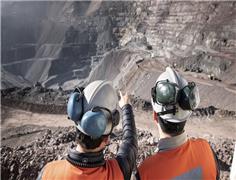
Anglo American Plc said it is has received an unsolicited non-binding combination proposal from BHP Group.
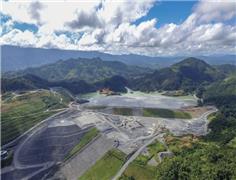
Toronto-listed miner OceanaGold Corp said on Wednesday it will raise 6.08 billion pesos ($106 million) through an ...
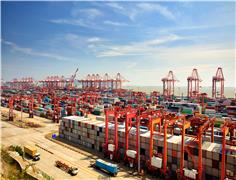
A key measure of Chinese copper demand just sank to zero, another indication that global prices are not balanced with ...
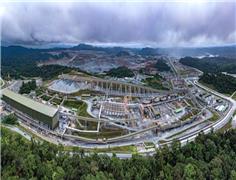
Canadian miner First Quantum Minerals (TSX: FM) believes it will be able to take the already mined 121,000 tonnes of ...
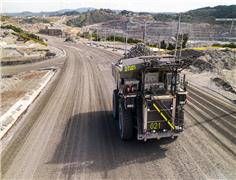
Canadian miner First Quantum Minerals said on Tuesday that it has cut its debt by $1.14 billion in the first quarter.
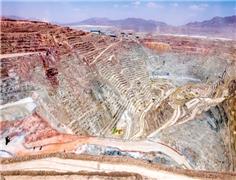
Chile is expected to produce a record 5.8 million metric tons of copper in 2025, the state-run Chilean Copper Commission ...
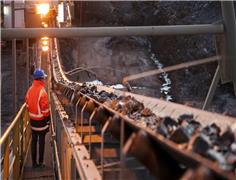
Copper traded near $10,000 a ton, hitting a new two-year high on its way, as investors continue to pile in on a bet that ...
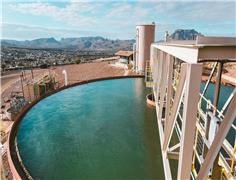
A Native American group has asked all members of a US appeals court on Monday to overturn an earlier ruling that granted ...
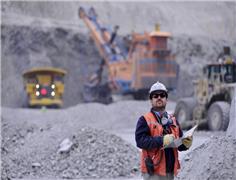
Codelco is exploring more partnerships with the private sector as Chile’s state copper behemoth looks to recover from a ...
No comments have been posted yet ...